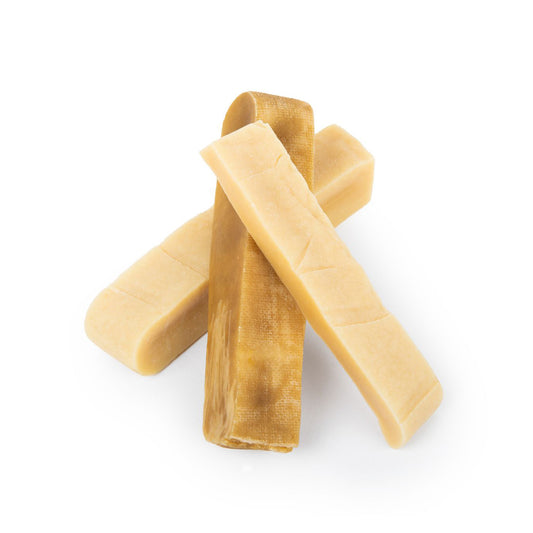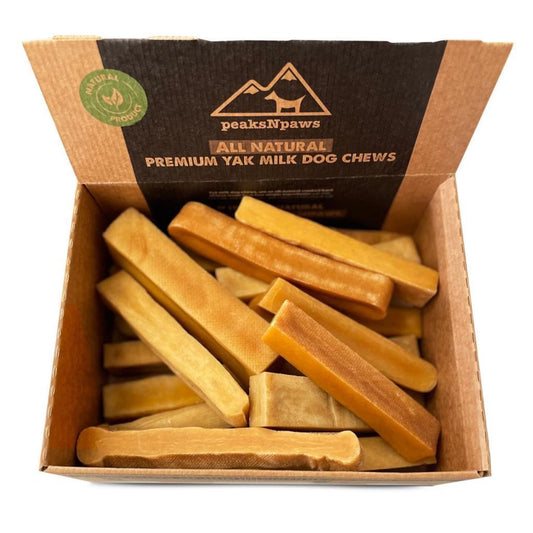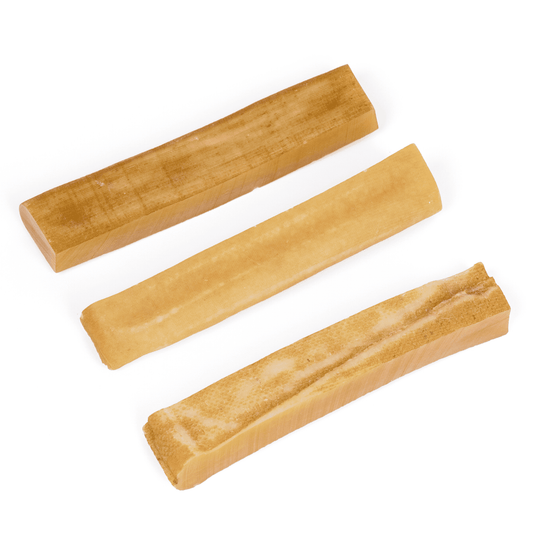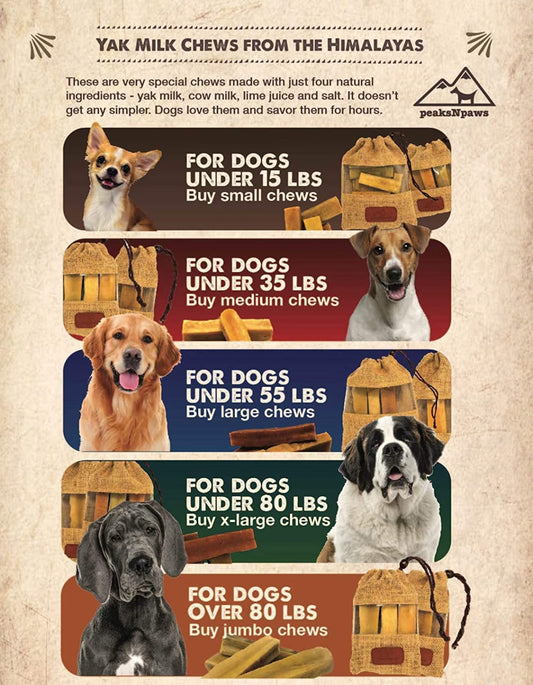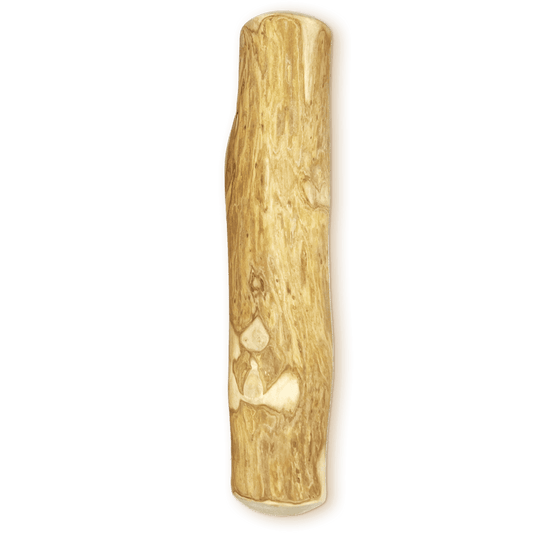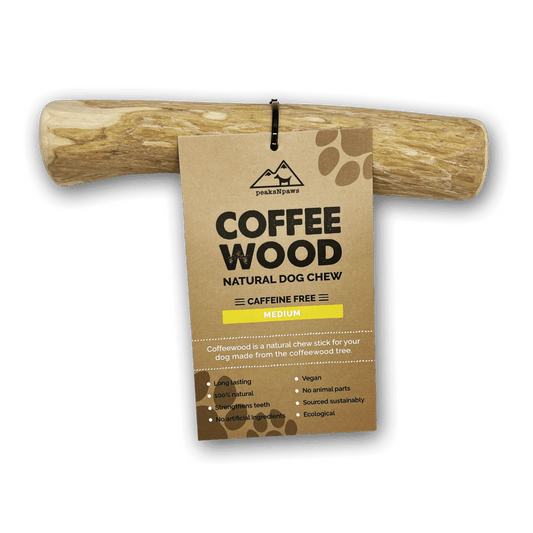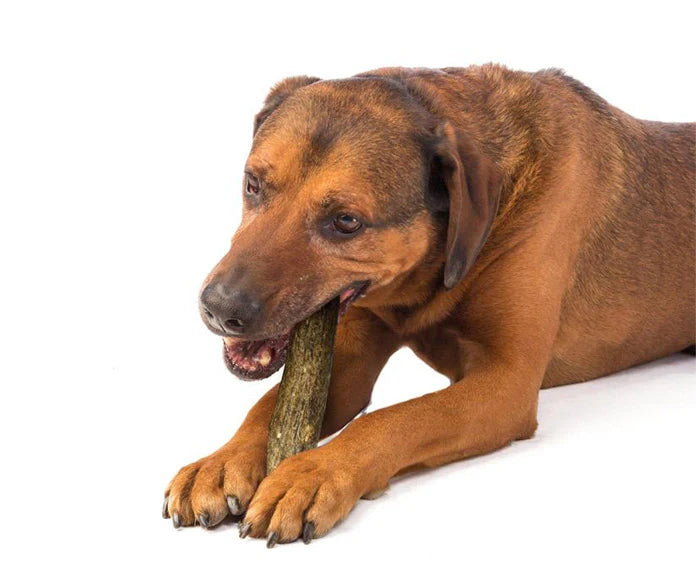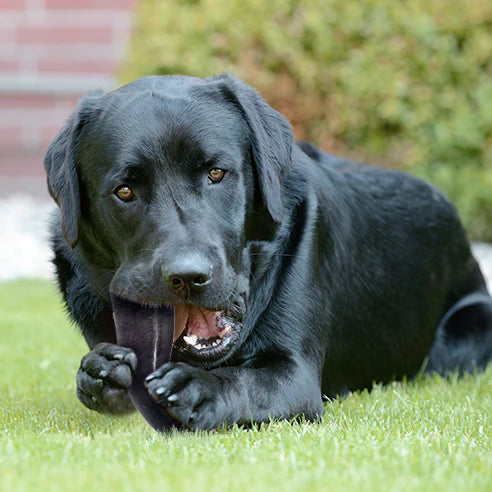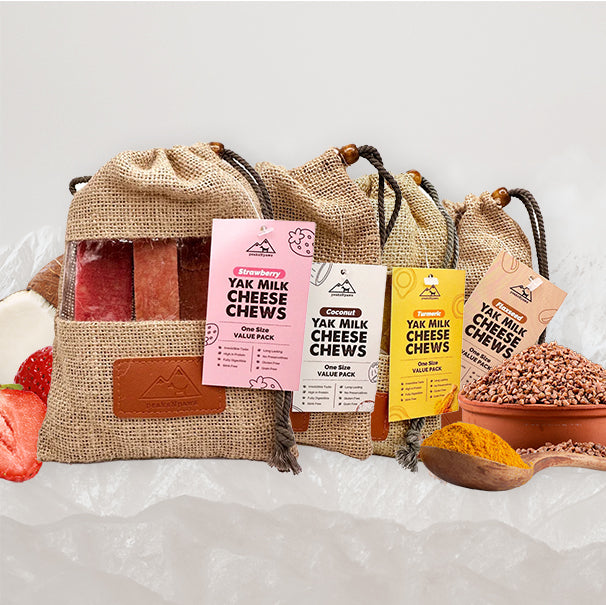Embarking on the journey of training aggressive dog breeds is both a challenge and a rewarding endeavor. As owners and trainers navigate the complexities of addressing aggressive tendencies, it becomes paramount to explore diverse strategies that contribute to behavioral transformation. While various training techniques and tools exist, one often underestimated and overlooked ally in this process is the humble chew toy.
In this comprehensive guide, we will dissect the multifaceted relationship between chew toys and the management of aggression in dogs. Aggression, whether stemming from fear, territorial instincts, or other underlying factors, requires a nuanced approach. Chew toys, traditionally associated with alleviating teething discomfort in puppies or simply offering a form of entertainment, prove to be an indispensable asset in the toolkit of those dealing with aggressive canine behavior.
The journey of addressing aggression is not a linear one. It involves understanding the root causes, implementing effective training methods, and fostering a positive environment for both the dog and its human companions.
Chew toys, often seen as mere distractions, emerge as powerful tools that not only redirect negative behavior but also contribute to the overall mental and emotional well-being of the dog.
Throughout this guide, we will unravel the intricacies of aggression in dogs, dissect the psychological benefits of chewing, and provide practical insights into selecting, introducing, and utilizing chew toys as instrumental components in the training process. From stress relief to positive reinforcement, the impact of chew toys extends beyond the surface, fostering a transformative experience for both the dog and the dedicated individuals committed to shaping their behavior.
Join us as we navigate the fascinating terrain where behavioral science meets the simplicity of a chew toy, uncovering a realm where aggression can be managed, transformed, and ultimately replaced with a harmonious coexistence between man's best friend and their trusted chew companion.
We have divided the process into 6 sections:
Section 1: Understanding Aggression in Dogs
- Define and categorize aggression in dogs (e.g., fear-based aggression, territorial aggression).
- Discuss the importance of identifying the root cause of aggression for effective training.
Section 2: The Role of Chews in Training
- Explain the instinct of dogs to chew and its impact on behavior.
- Highlight how chewing helps release pent-up energy and stress in aggressive dogs.
- Discuss the link between chewing and mental stimulation, promoting a healthier mindset.
Section 3: Choosing the Right Chews
- Explore different types of chews suitable for aggressive dogs (e.g., durable rubber toys, puzzle toys).
- Consider the size, texture, and durability of chews based on the dog's breed and chewing strength.
- Provide recommendations for safe and appropriate chewing options.
Section 4: Using Chews for Positive Reinforcement
- Discuss how to incorporate chews into a positive reinforcement training approach.
- Highlight the importance of timing and consistency in rewarding desired behavior.
- Share success stories of using chews to reinforce positive behaviors in aggressive dogs.
Section 5: Addressing Aggression Through Chews
- Introduce chews that engage the dog's mind during training.
- Discuss how these toys can redirect aggressive behavior and foster a more positive environment.
- Provide training exercises that involve interactive chews to reinforce obedience.
Section 6: Supervision and Safety Measures
- Emphasize the need for supervision when introducing new chews to an aggressive dog.
- Discuss safety precautions, such as selecting appropriate-sized chews and monitoring wear and tear.
- Provide tips on maintaining a safe chewing environment for both the dog and the owner.
Conclusion:
In conclusion, incorporating chews into the training regimen of aggressive dog breeds can be a game-changer. From providing an outlet for instincts to reinforcing positive behaviors, chews contribute significantly to a more balanced and well-behaved canine companion. With patience, consistency, and the right selection of chews, transforming the temperament of an aggressive dog is not only possible but can also lead to a stronger bond between the owner and their furry friend.

